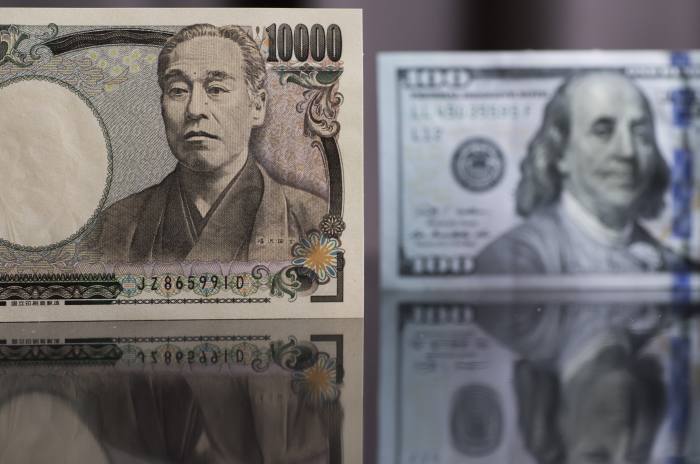
Patience in Shinzo Abe’s unorthodox policies is wearing thin.
Nearly four years ago, Japan’s prime minister vowed to reverse two decades of economic stagnation by introducing a three-pronged strategy of aggressive monetary easing, fiscal stimulus and structural reforms.
Despite some initial success, and media fanfare, sluggish growth, weak inflation and a strengthening currency suggest that his bold, once celebrated “three arrows” have missed their target.
The dwindling popularity of Japanese equities in recent months echoes this crisis of confidence in so-called Abenomics.
At first, Mr Abe’s creative measures succeeded in boosting corporate profits and inching the Nikkei 225 index back towards its previous peak of 1989. But then unhelpful developments in the rest of the world, and an underwhelming response to his latest batch of policies, saw it all go pear-shaped.
Impatient critics began questioning the government’s ability to deliver on its promise of 2 per cent inflation, while dredging up memories of the last time its stock market’s bubble burst.
Not long after, Japanese equities became almost as unpopular to foreign investors as they were when Mr Abe was re-elected back in December 2012.
With his back against the wall, and most of his previously used tools under fire, Mr Abe’s latest attempt in October to restore confidence saw him take a stab at “yield curve control”.
By increasing the difference between yields on short-term interest rates and long-term bonds, banks, in theory, should become more profitable. Much like quantitative easing, the prime minister hoped flooding struggling financial institutions with cash would trigger greater economic activity.
All eyes on the yen
The fact the yen was unchanged on the day of the announcement suggests that this latest measure, like the controversial negative interest rate policy introduced at the beginning of the year, failed to generate the desired response.
Given the country’s heavy reliance on exports, weakening the currency is viewed by many as the principal goal of Mr Abe’s reforms.
Japanese companies sell the majority of their products abroad, so a devalued yen generally gives them a competitive edge when exporting cars and other manufactured goods.
That explains why the recent appreciation of the currency dented sentiment in its equity market and derailed the Bank of Japan’s (BoJ) bid to boost inflation.
“While global markets in the short-term are likely to be supported by the belief that the BoJ remains firmly on an easing track, it is - in our view - becoming increasingly clear that Japan’s extreme monetary policy has been and remains highly reliant on currency devaluation to achieve its inflation objective,” says Alastair George, investment strategist at Edison.





